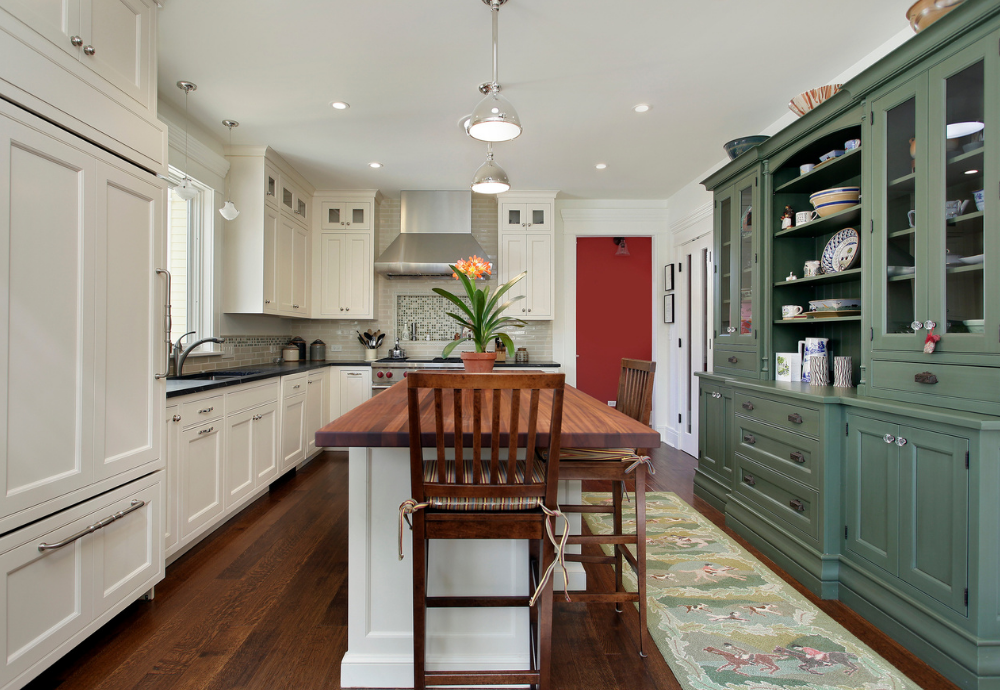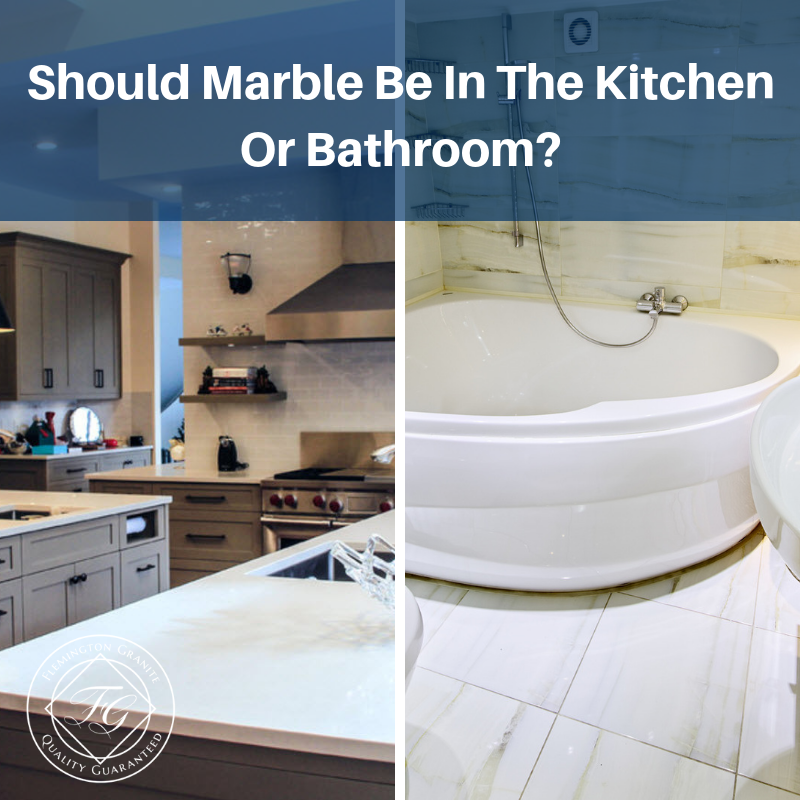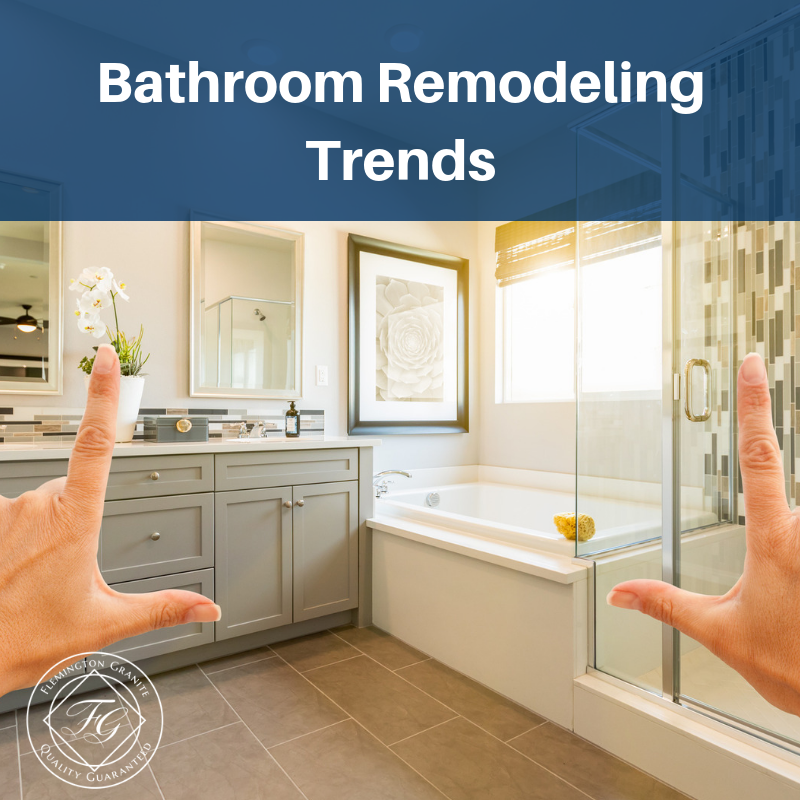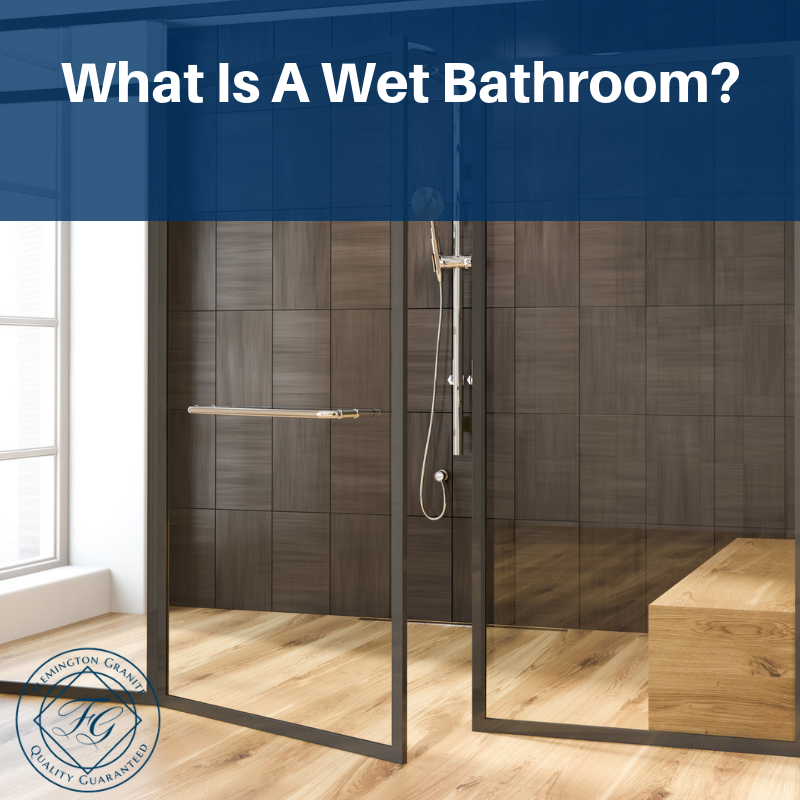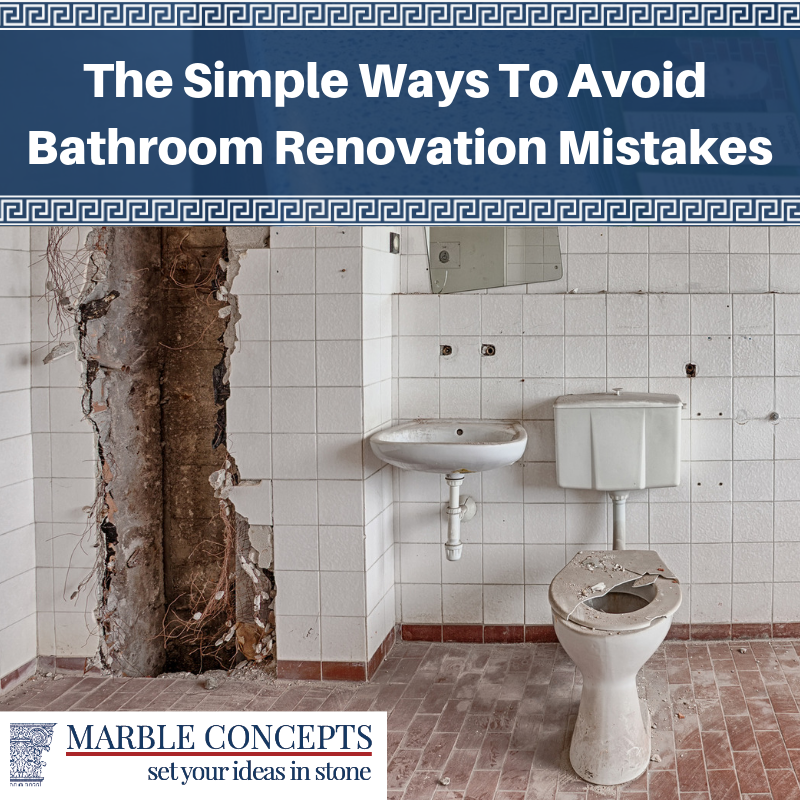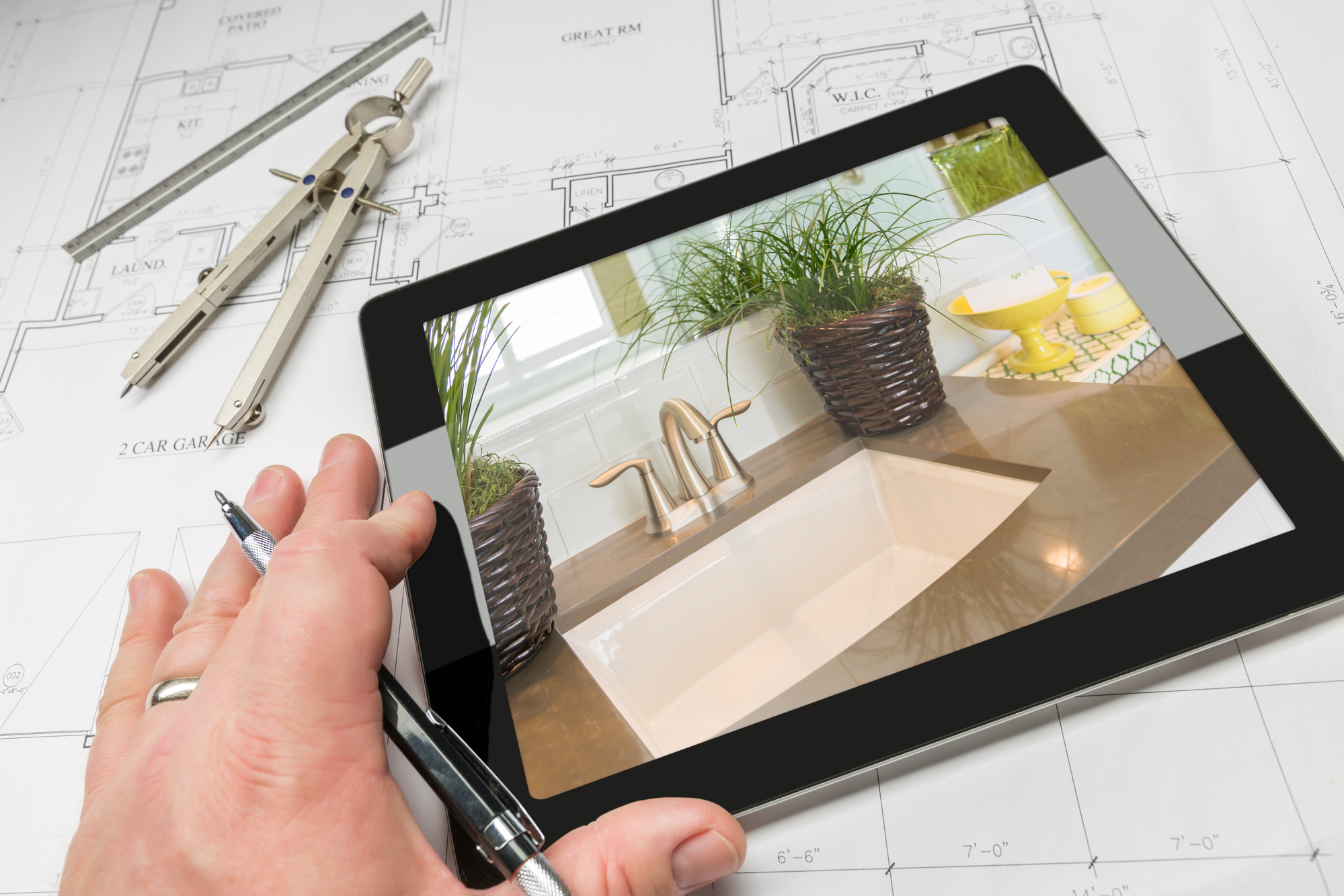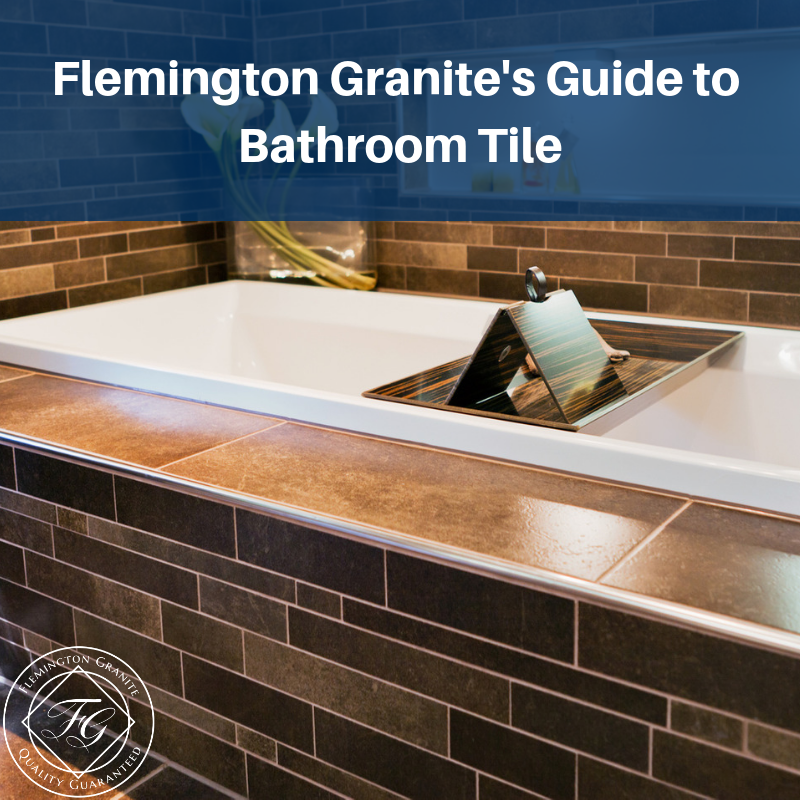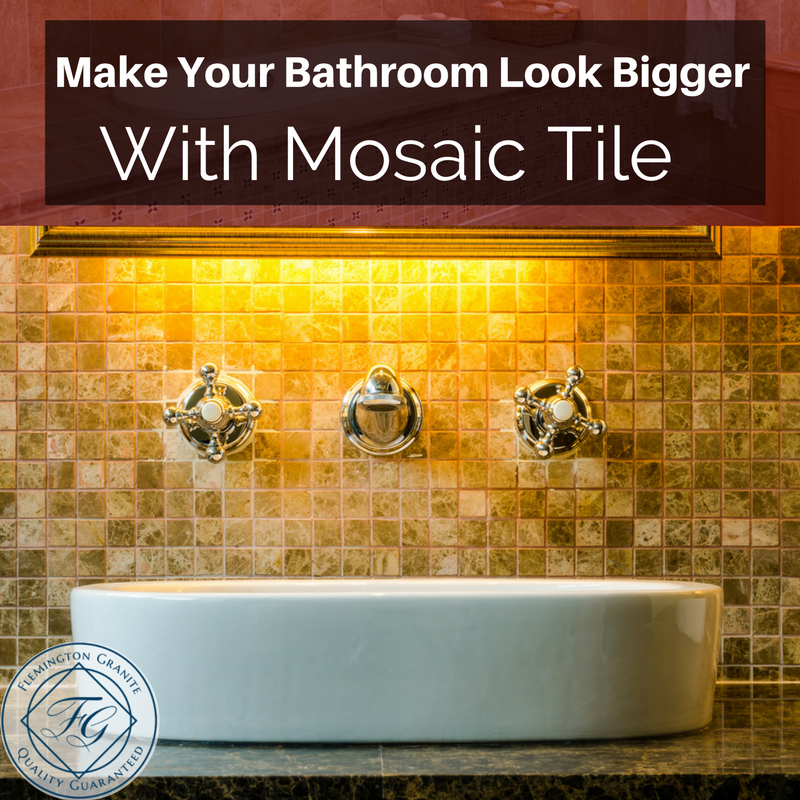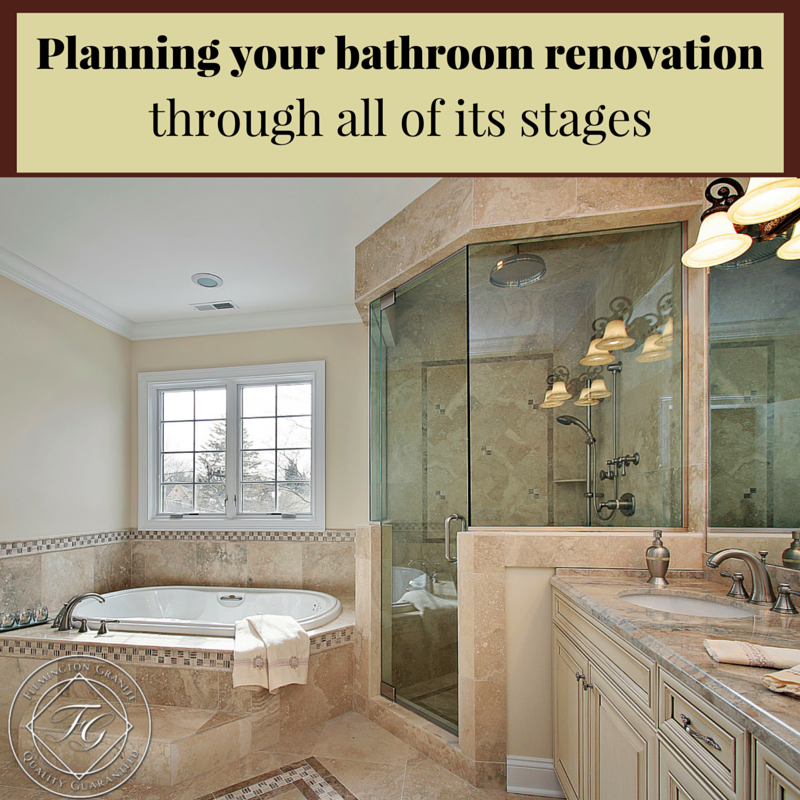Cabinets are among the major features in kitchens and bathrooms and could account for about 50 percent of the total cost of your total remodeling budget. The cost and the fact that they are key components of your design is why setting a budget should be at the top of your priority list.
How much you invest your cabinets depends on factors like how long you will be living in your home. If you don’t plan to live there very long, you can choose a basic cabinet style; however, you may want to choose a more premium version if you are installing them in your dream home. If you plan to spend a lot on your cabinets, you should ensure that they have features like:
- Solid frames
- Soft-close drawers
- Reinforced corners and backs
View this post on Instagram
Before you make a decision, find out what you like. Look on home improvement websites and magazines to learn what’s available and what you like.
Factors to consider when choosing cabinets include:
- Sink and appliance sizes
- Wood quality
- Cabinet color
- The style of the front
- Hardware style and color
- Cabinet depth
- Countertop color and material
- Whether you want a backsplash or not
- Whether you want to pay for installation or demo
- Drawer organizers and other extras
How to Order Your Cabinets in a Home Improvement Store
Before you go to the store, you will need to gather some information so that you can order the right cabinets for your kitchen or bathroom. You will need to provide some measurements. You can get help from a professional or you can measure the space yourself. Note that some stores will measure the space for you at no cost if you agree to buy cabinets from them.
When you shop for cabinets at a home improvement store, you will usually meet with a store associate to discuss your kitchen plans. You will get to see their cabinet selection up close before they proceed to the next step, which is to bring your plans to life. Make an appointment for this consultation ahead of time to ensure that the store associate can give you their undivided attention.
Give the measurements to the associate at the store where you will purchase your cabinets. Having precise measurements means you will get a better understanding of how your cabinets will look once installed and how much they will cost.
Expect the associate to ask questions about the cabinets you are ordering. The answers you provide enable the associate to give you an even more accurate digital representation of your design along with a cost estimate.
View this post on Instagram
Stock vs. Custom vs. Semi-Custom Cabinets
Stock cabinets are the most affordable because they are fabricated in standard dimensions. If you decide to go with stock cabinets, your choices will be limited. Choose a style that complements your home’s interior design. The finishes you can choose from include natural wood in multiple colors as well as painted, stained or laminated cabinets.
You will get a greater range of options with custom and semi-custom cabinets. With a stock cabinet, you get drawers and cupboards but not much else. With custom and semi-custom cabinets, you have numerous storage solutions including lazy Susans and pull-out bins. Semi-custom cabinets offer a wider range of designs and you get to choose from a wide range of configurations, but they are still constructed in standard dimensions.
Custom cabinets are built to a designer’s specifications and can come in your choice of material.
Choosing Cabinet Materials
The most common materials are:
Wood
When it comes to cabinet doors, you can choose from wood and exotic wood. Common woods include oak. Cherry and maple. You can paint or stain wood cabinets. You can also choose from exotic woods like bamboo and mahogany. The differences in the woods include density and color. You will also have to decide whether you want a cabinet that looks like wood or you want a painted one.
The two wood options for the cabinet box are plywood and engineered wood with plywood being the more durable (but also more expensive). If you are working with a designer, get their input as to which would be better in your kitchen.
Acrylic
Acrylic cabinets consist of an acrylic veneer over a medium-density fiberboard (MDF) core. You can choose from a vast variety of colors and they are typically durable. Drawbacks include the fact that they can be pricey and you may have trouble keeping them clean. Acrylic doors are available as flat panel only.
Laminate
Like acrylic cabinets, you can find laminate in many colors. They are an affordable option but not as durable as other materials and only flat panel doors are available in laminate with no style variations.
Thermofoil
With Thermofoil, you get another cost-effective material that gives you an array of color options. Thermofoil consists of a vinyl veneer over MDF. The finish is easy to clean and you won’t be limited to flat panel.
Stainless Steel
While stainless steel does have a few cons such as cost and the potential for denting, they offer a long list of pros. Stainless steel can be attractive, durable and can make your kitchen look like a professional one. If treated, stainless steel will not corrode.
Cabinets greatly enhance the functionality of kitchens and bathrooms but shopping for them can be difficult. For help with your kitchen or bathroom renovation, use our contact form to get in touch with us.

